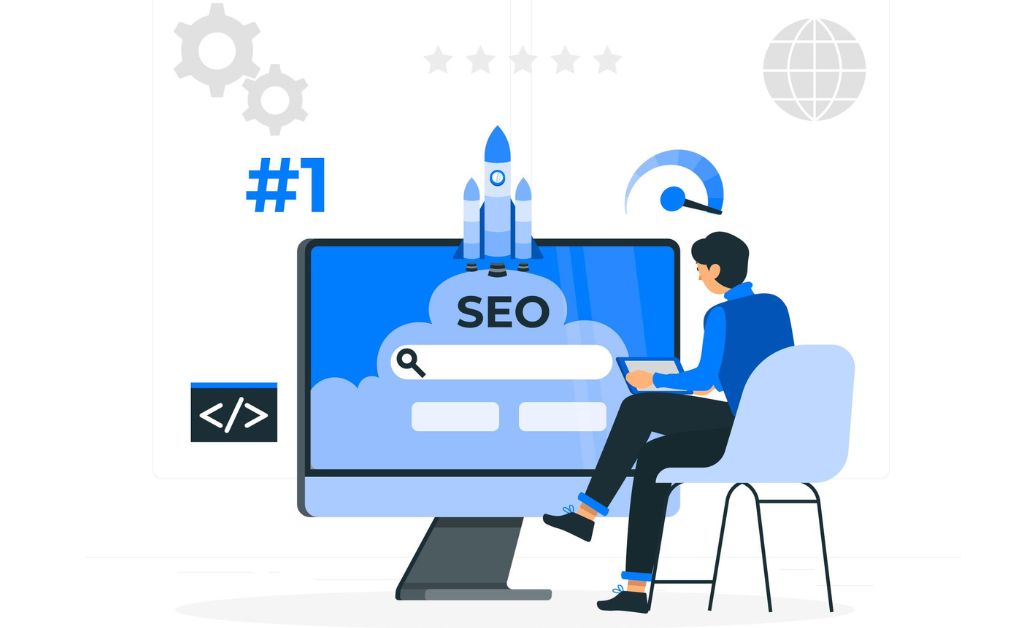Single-page websites are sleek, fast, and user-friendly. But ranking them on search engines? That’s a challenge! Don’t worry. In this guide, we’ll explore actionable strategies to optimize your single-page website and boost its search visibility. Let’s dive in!
Why Are Single-Page Websites Unique?
Single-page websites are a double-edged sword.
They deliver a seamless user experience but lack the content depth of multi-page sites.
This makes SEO optimization even more crucial.
The secret? Focus on relevance, structure, and technical SEO.
Step-by-Step SEO Strategies
1. Master Keyword Research
Keywords are your compass. Use tools like Google Keyword Planner or Ahrefs.
Long-tail Keywords like “single-page website SEO tips” or “optimize one-page website for search” are goldmines.
Include in Your Content:
- H1, H2 headings.
- Alt texts for images.
- Natural flow within the content.
Example Table: Primary Keywords and Usage
| Keyword | Placement Example |
|---|---|
| Single-page website SEO | Title, meta description |
| Optimize one-page site | Subheadings, intro paragraph |
2. Optimize Meta Tags and Content
Keep your title compelling. For example:
“How to Rank Single Page Websites: SEO Strategies That Work!”
Meta description:
“Discover actionable steps to optimize and rank your single-page website with proven SEO strategies.”
3. Leverage Anchor Links
Single-page sites thrive on internal linking.
Use anchor links to navigate to sections like:
- Services
- Pricing
- Contact Us
Why? Anchor links improve navigation and Google rankings.
4. Enhance User Experience (UX)
Google loves websites with:
- Fast loading speeds.
- Mobile responsiveness.
- Engaging visuals.
Add CTAs like “Get Started” or “Learn More.”
5. Focus on Technical SEO
- Optimize page speed. Use tools like Google PageSpeed Insights.
- Mobile-first design is non-negotiable.
- Add structured data (schema markup) for rich snippets.
6. Monitor and Adapt
Use Google Analytics and Search Console.
Track metrics like bounce rate, click-through rate (CTR), and conversions.
Conclusion
Ranking a single-page website may seem challenging, but with the right strategies, it’s absolutely achievable. By focusing on keyword research, optimizing meta tags, enhancing user experience, and implementing technical SEO, you can boost your site’s visibility and attract your target audience.
Remember, SEO isn’t a one-time task—it’s an ongoing process. Regularly monitor your site’s performance, update your content, and stay informed about the latest trends in search engine algorithms.
Want to explore the difference between local SEO and traditional SEO? Learn more in our detailed guide on SEO vs Local SEO.
FAQs
-
What is the biggest challenge for single-page website SEO?
Limited content scope can make it tough to target multiple keywords.
-
How can I improve page speed?
Compress images, use lazy loading, and enable browser caching.
-
What’s the role of anchor links in single-page websites?
Anchor links enhance UX and help Google index your content effectively.

